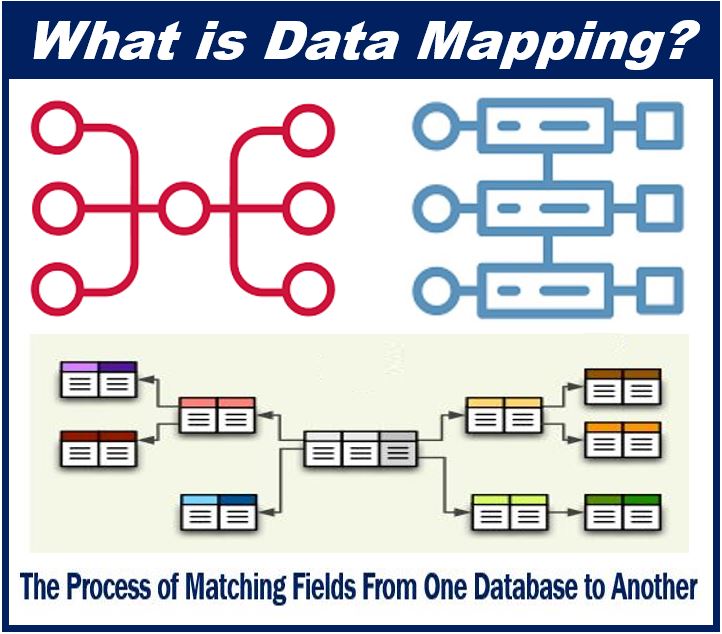
Perhaps the most urgent challenge that data deluge has brought upon us is how to know what we know. The nucleus of this challenge relates to creating catalogs or models or knowledge graphs that garner high-quality data into integrated objects. Here lies the value of data warehouses. They can be used to carve out a common path that everyone across the business ecosystem understands and use.
However, it’s no surprise that conventional data warehouses are normally hand-crafted. In the current digital transformation era, businesses need to move faster and be more automated. Relying on human minds to comprehend what data we have can prove costly and time-consuming. Not to mention, manual methods can turn data lake into a data swamp. To manage data better, companies must leverage AI (Artificial Intelligence), ML-based technologies to map that data and understand relationships that they can put to use.
For better understanding, we’ve prepared a list of most frequently asked questions about data mapping and infusion of AI along with their answers. Take a look.
1. What is Data Mapping?
Data mapping is the process of connecting two different data models together. In doing so, it reduces the potential for errors, enables standardize data, and makes it easier to comprehend and deliver value.

From a data privacy perspective, data mapping is a useful technique that allows companies connect sensitive data ( medical or financial ) to the identity of the person associated with it. As a result, data subject records within all data sources can get identifies easily, which can be used to 360-degree views of individual data subject.
2. How Can Data Mapping Deliver Data Privacy Compliance?
Privacy regulations such as GDPR, CCPA etc. are meant for controlling storage and use. They require users to manage all the data they have about individual consumers. Data mapping supports data privacy and compliance by making it more efficient. It facilitates central management of data to safeguard customer data feeds, alleviate the risk of non-compliance, and remove users from risky applications of sensitive information based on identity-driven policies.
3. Why is Data Mapping Important for Business?
Data mapping allows companies establish a single source of truth for sensitive data about their customers. It provides companies visibility that helps them know what data records of customers are available, what holds the records, and how those records are related and connected. By gaining a deeper understanding of the data, companies can extract nuggets of insightful information about their customer preferences and behaviors.

4. What is the Role of AI/ML?
As organizations face large file data sets (with different volume, variety, velocity, and veracity), they find it difficult to manually identify and manage any of data, sensitive or otherwise. Artificial intelligence data mapping can simplify the task. Statistics garnered by Mckinsey also support this notion: AI can improve performance in more than two-thirds of use cases.
By using artificial intelligence to map their data (structured or unstructured), users can become confident that all the data is available and integrated. For example, if a user has phone numbers with them, they’ll need data mapping to recognize these numbers and put them all in the same field rather than having them drift around by other names.
Now, by implementing AI/ML data mapping, users can use patterns and inference to generate predictions – to identify a phone number and assign it to its proper category for organizational purposes. Any errors or discrepancies, and it will be detected easily.
Ergo, both the speed and accuracy of data mappings can be increased. Faster data mappings lead to faster transformations and integrations, enabling businesses become easy to do business with.
5. How Does AI/ML Improve Data Mapping?
Artificial intelligence increases the value of data mapping. It uses machine algorithms to create inferring data mapping predictions from the existing library of tested and validated data maps. This cuts down the effort and time required to create intelligent data mappings for business. Moreover, the possibility of errors such as duplicities, missing values, etc. reduces.
So, artificial intelligence-powered data mapping techniques can not only map data from different sources to the target fields but also sustain data quality and accuracy. Users can integrate this data to streamline decision-making and ultimately revenue.
To summarize, organizations can leverage AI/ML-based technologies to:
- Improve the speed and accuracy of data mappings
- Transform data faster for faster decision-making
- Promote efficiency in operations
- Form strong relations with customers
- Increase sales and profit maximization
Video – Artificial Intelligence
Interesting related article: “What is Machine Learning?“

